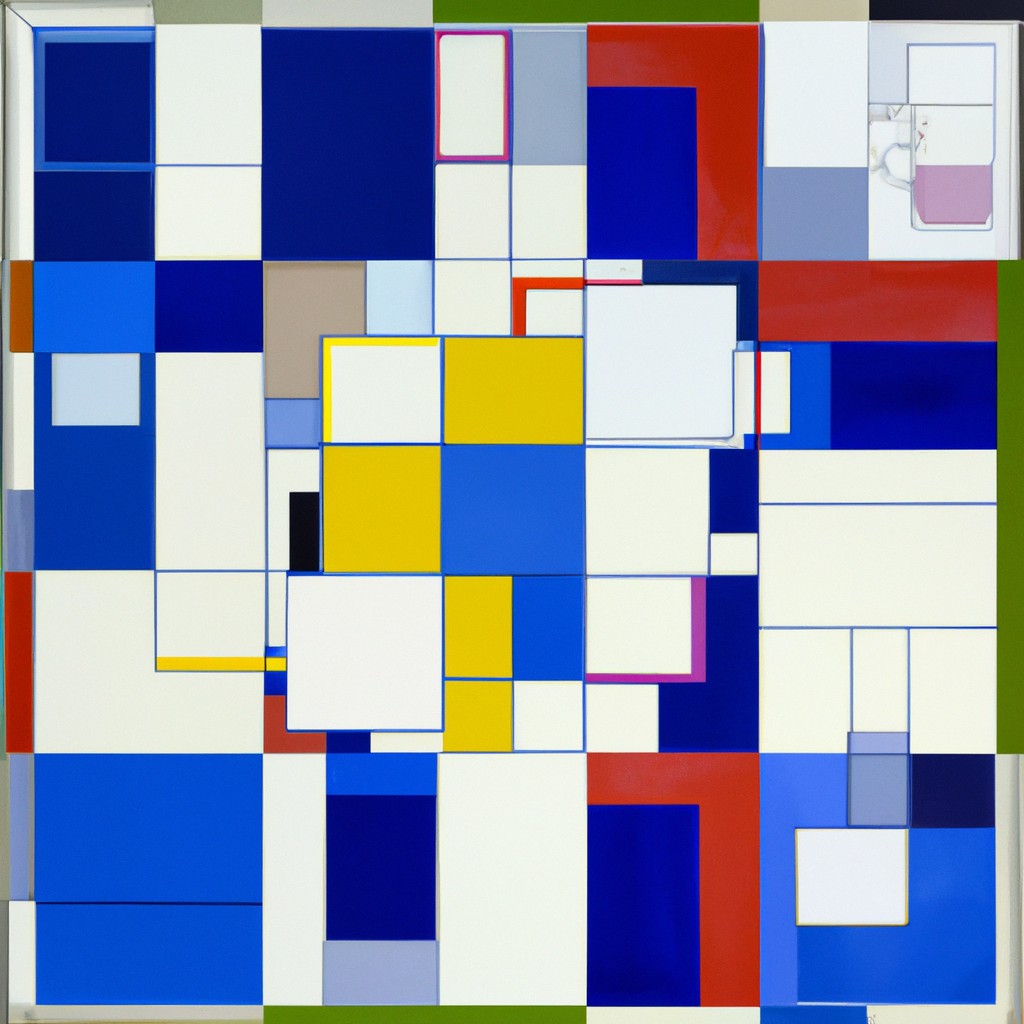Unleashing the Power of Python OpenAI
Python OpenAI is a powerful tool that can revolutionize the way we think about artificial intelligence. It’s a platform that allows developers to create intelligent machines that can make decisions and learn from experience. With Python OpenAI, developers can build sophisticated algorithms that can perform complex tasks such as speech recognition, image recognition, and natural language processing.
In this article, we will explore the possibilities of Python OpenAI and how it can be used to unleash your creativity. We will discuss the importance of OpenAI, its creative possibilities, and how you can get started with Python OpenAI. So, let’s dive into the world of Python OpenAI and see what we can create!
What is OpenAI and Why is it Important?
OpenAI is an artificial intelligence research organization that was founded in 2015 by a group of tech visionaries including Elon Musk, Sam Altman, and Greg Brockman. Its mission is to develop and promote friendly AI that benefits humanity. OpenAI is important because it provides a platform for researchers, developers, and enthusiasts to collaborate and innovate in the field of AI.
OpenAI has released several models, including GPT-3, which is one of the most advanced language models in the world. GPT-3 has the ability to generate human-like text and has been used in various applications such as chatbots, content creation, and voice assistants. With OpenAI, developers have access to cutting-edge technology that can be used to create intelligent applications that can understand and respond to human behavior.
Creative Possibilities with Python OpenAI
Python OpenAI provides a vast array of creative possibilities for developers. It can be used to build intelligent applications that can analyze and interpret data, recognize patterns, and make predictions. With OpenAI, developers can create chatbots that can converse with humans, virtual assistants that can manage schedules, and even robots that can perform tasks in real-time.
OpenAI can also be used to create art and music. With the help of machine learning algorithms, developers can train models to recognize patterns in art and music and generate new pieces based on those patterns. This can lead to new forms of artistic expression that have never been seen before.
Getting Started with Python OpenAI
Getting started with Python OpenAI is easy. All you need is a basic understanding of Python programming and some experience with machine learning. OpenAI provides an extensive documentation that includes tutorials, examples, and code snippets that can get you started quickly.
You can also join the OpenAI community, which includes developers, researchers, and enthusiasts who are passionate about AI. The community can provide support, guidance, and feedback on your projects, and you can also collaborate with others to create something truly amazing.
Let’s Get Creative: Examples and Ideas
There are endless possibilities when it comes to creating with Python OpenAI. Here are some ideas to get you started:
- Create a chatbot that can converse with humans on a variety of topics
- Build a virtual assistant that can manage your daily tasks, such as scheduling meetings and sending emails
- Use OpenAI to generate new pieces of art or music based on existing patterns
- Train a model to recognize emotions in text or speech and use it to create a sentiment analysis tool
Conclusion: Unleash Your Imagination with Python OpenAI!
Python OpenAI is an amazing tool that can unleash your creativity and take your projects to the next level. Whether you’re a developer, a researcher, or an enthusiast, there’s something for everyone in the world of OpenAI. With its vast array of creative possibilities, OpenAI can help you build intelligent applications, create art and music, and explore the boundaries of AI. So, unleash your imagination and start creating with Python OpenAI!










